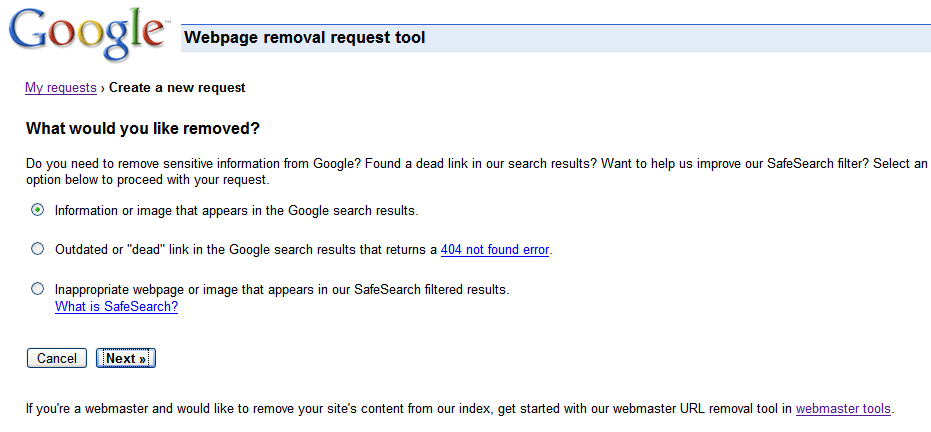Summary
- Mosaic 1 0 7 – Professional Level Window Management System
- Mosaic 1 0 7 – Professional Level Window Management System
Learn three options your organization has to determine its Microsoft Windows patch level and identify missing security patches and updates. There are automated patch management tools from. This is a really fun guessing game. It is listed on Google Play as '1 Pic 1 Word', but the icon calls it '1 Mosaic 1 Word'. Either way it is fun! You are given a picture which is all jumbled up and you need to guess what it is. There are 13 level packs which total hundreds of different pictures to guess. Hi, 1) Open Server Manager, go to Local Server 2) Click on the Remote Desktop link 3) Uncheck 'Allow connections only from computers running Remote Desktop with Network Level Authentication (recommended)' 4) Click Apply/Ok to apply and save the changes.
Merges multiple raster datasets into a new raster dataset.
Usage
The input raster datasets are all the raster datasets you would like to mosaic together. The inputs must have the same number of bands and same bit depth; otherwise, the tool will exit with an error message.
When working with a large number of raster datasets, the Raster Catalog To Raster Dataset tool performs more efficiently.
The Mosaic tool has more parameters available when combining datasets into an existing raster, such as options to ignore background and nodata values.
You must set the pixel type to match your existing input raster datasets. If you do not set the pixel type, the 8-bit default will be used and your output may be incorrect.
You can save your output to BIL, BIP, BMP, BSQ, DAT, Esri Grid, GIF, IMG, JPEG, JPEG 2000, PNG, TIFF, or any geodatabase raster dataset.
When storing your raster dataset to a JPEG file, a JPEG 2000 file, or a geodatabase, you can specify a Compression Type type and Compression Quality within the Environment Settings.
The GIF format only supports single-band raster datasets.
When mosaicking with raster datasets containing color maps, it is important to note differences across the color maps for each raster dataset you choose to mosaic. In this situation, use the Mosaic tool for raster with different color maps; however, you must choose the proper Mosaic Colormap Mode operator. If an improper colormap mode is chosen, your output might not turn out as you expected.
This tool does not honor the Output extent environment setting for enterprise geodatabases. If you want a specific extent for your output raster, consider using the Clip tool. You can either clip the input rasters prior to using this tool, or clip the output of this tool.
Syntax
| Parameter | Explanation | Data Type |
[input_raster,...] | The raster datasets that you want to merge together. The inputs must have the same number of bands and same bit depth. | Composite Layer; Mosaic Dataset; Raster Dataset; Raster Layer |
The path to contain the raster dataset. The path can be to a folder or geodatabase. | Workspace; Raster Catalog | |
raster_dataset_name_with_extension | The name of the dataset you are creating. When storing the raster dataset in a file format, you need to specify the file extension:
When storing a raster dataset in a geodatabase, do not add a file extension to the name of the raster dataset. When storing your raster dataset to a JPEG file, a JPEG 2000 file, a TIFF file, or a geodatabase, you can specify a Compression Type and Compression Quality in the Environment Settings. | String |
(Optional) | The coordinate system for the output raster dataset. If this is not specified, the Output Coordinate System environment setting will be used. | Coordinate System |
(Optional) | The bit depth, or radiometric resolution of the mosaic dataset. If you do not set the pixel type, the 8-bit default will be used and your output may be incorrect.
| String |
(Optional) | The cell size for the new raster dataset. | Double |
The number of bands that the output raster will have. | Long | |
mosaic_method | String | |
mosaic_colormap_mode | Applies when the input raster datasets have a colormap. The method used to choose which color map from the input rasters will be applied to the mosaic output.
| String |
Code sample
Mosaic 1 0 7 – Professional Level Window Management System
MosaicToNewRaster example 1 (Python window)
This is a Python sample for the MosaicToNewRaster tool.
MosaicToNewRaster example 2 (stand-alone script)This is a Python script sample for the MosaicToNewRaster tool.
Environments
Mosaic 1 0 7 – Professional Level Window Management System
- Extent Note:
Not valid for enterprise geodatabase
Licensing information
- ArcGIS for Desktop Basic: Yes
- ArcGIS for Desktop Standard: Yes
- ArcGIS for Desktop Advanced: Yes
